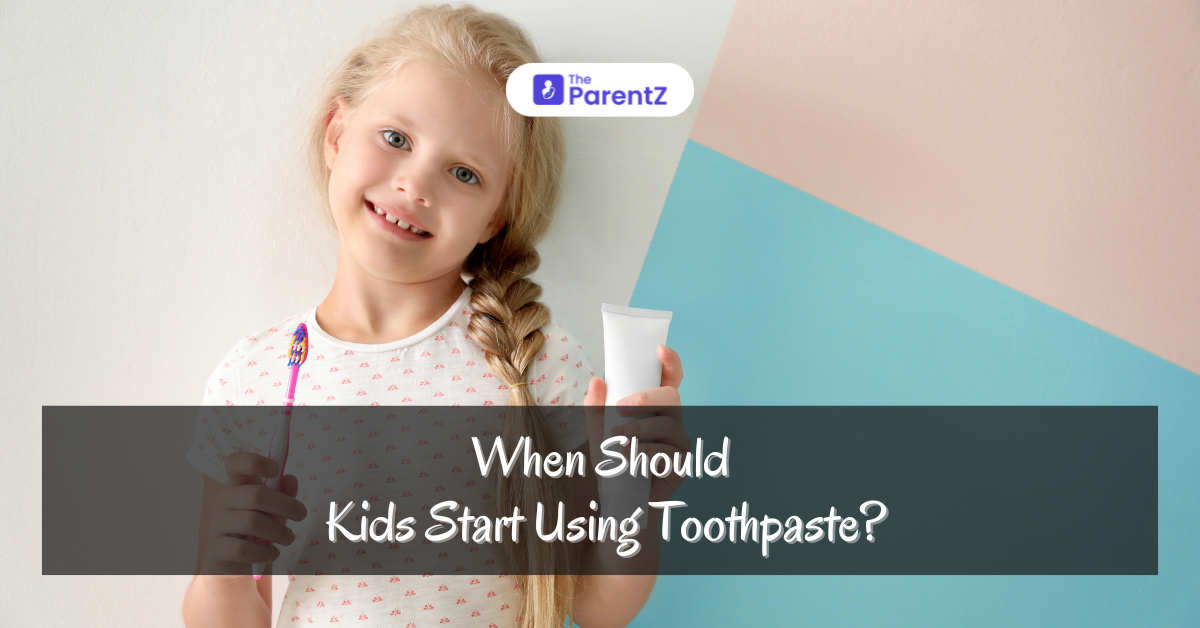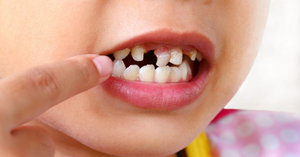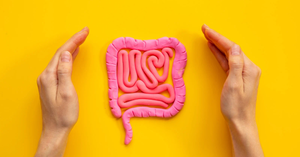Oral hygiene is crucial for children from the moment their first tooth emerges. One of the primary components of maintaining good oral health is using the right toothpaste. However, with so many options available, choosing the correct toothpaste based on a child’s age can be daunting. This article will delve into the different compositions of toothpaste suitable for various age groups and the recommended amounts to use.
Age-Appropriate Toothpaste for Kids
1. Infants (0-2 years)
– Toothpaste Composition: Non-fluoridated toothpaste or a minimal amount of fluoride.
– Amount: A rice grain-sized amount.
– Considerations: At this stage, children are learning to spit, and the risk of swallowing toothpaste is high. Non-fluoridated toothpaste or minimal fluoride toothpaste helps in preventing fluorosis.
2. Toddlers (3-5 years)
– Toothpaste Composition: Toothpaste with fluoride concentration of 1000 ppm (parts per million).
– Amount: A pea-sized amount.
– Considerations: Fluoride is essential for preventing cavities, but too much can be harmful. Ensuring that children use the correct amount and learn to spit out the toothpaste is crucial.
3. School-Aged Children (6-12 years)
– Toothpaste Composition: Toothpaste with fluoride concentration of 1350-1500 ppm.
– Amount: A pea-sized amount.
– Considerations: By this age, children should be proficient in spitting out toothpaste. They can handle standard fluoride levels, which offer optimal protection against tooth decay.
Key Components in Toothpaste
- Fluoride: The most critical ingredient in toothpaste for preventing tooth decay. Fluoride strengthens enamel and makes teeth more resistant to acid attacks from plaque bacteria and sugars.
- Abrasives: Help in removing food particles and stains from teeth. The abrasiveness level in kids’ toothpaste is lower to prevent damage to young, sensitive teeth.
- Humectants: Prevent the toothpaste from drying out. Common humectants include glycerol and sorbitol.
- Detergents: Create foaming action to help distribute the toothpaste in the mouth. Sodium lauryl sulfate is a common detergent but can be irritating for some children.
- Flavoring Agents: Make toothpaste palatable for children. It’s important to choose flavors that encourage brushing without causing them to swallow the toothpaste.
- Sweeteners: Often non-cariogenic sweeteners like xylitol or sorbitol are used to improve taste without contributing to tooth decay.
Tips for Using Toothpaste with Kids
- Supervision: Always supervise young children while brushing to ensure they use the correct amount of toothpaste and don’t swallow it.
- Encouragement: Make brushing fun with songs, rewards, or by brushing together as a family.
- Routine: Establish a regular brushing routine, twice a day, to instill good oral hygiene habits.
- Education: Teach children the importance of spitting out toothpaste and rinsing their mouths after brushing.
- Regular Dental Visits: Take children for regular dental check-ups to monitor their oral health and get professional advice on the best dental care practices.
Common Misconceptions
– More Toothpaste Equals Better Cleaning: Using more than the recommended amount of toothpaste does not improve cleaning and increases the risk of fluorosis.
– Adult Toothpaste is Suitable for Kids: Children’s toothpaste is specifically formulated to cater to their oral health needs and sensitivities.
Conclusion
Choosing the right toothpaste for your child’s age and needs is vital for their oral health. Understanding the different compositions of toothpaste and the appropriate amounts to use can help ensure that your child’s teeth are protected while minimizing the risks associated with incorrect toothpaste use. By instilling good brushing habits early on, you set the foundation for a lifetime of healthy smiles.








Be the first one to comment on this story.